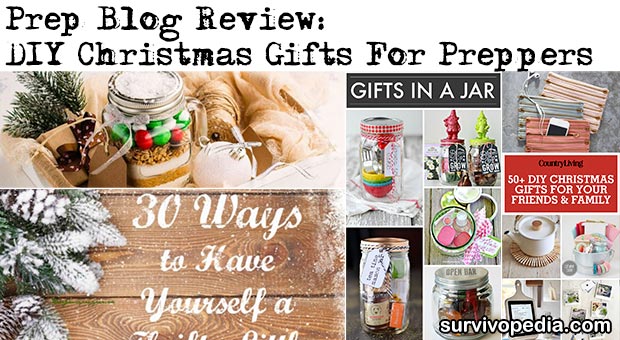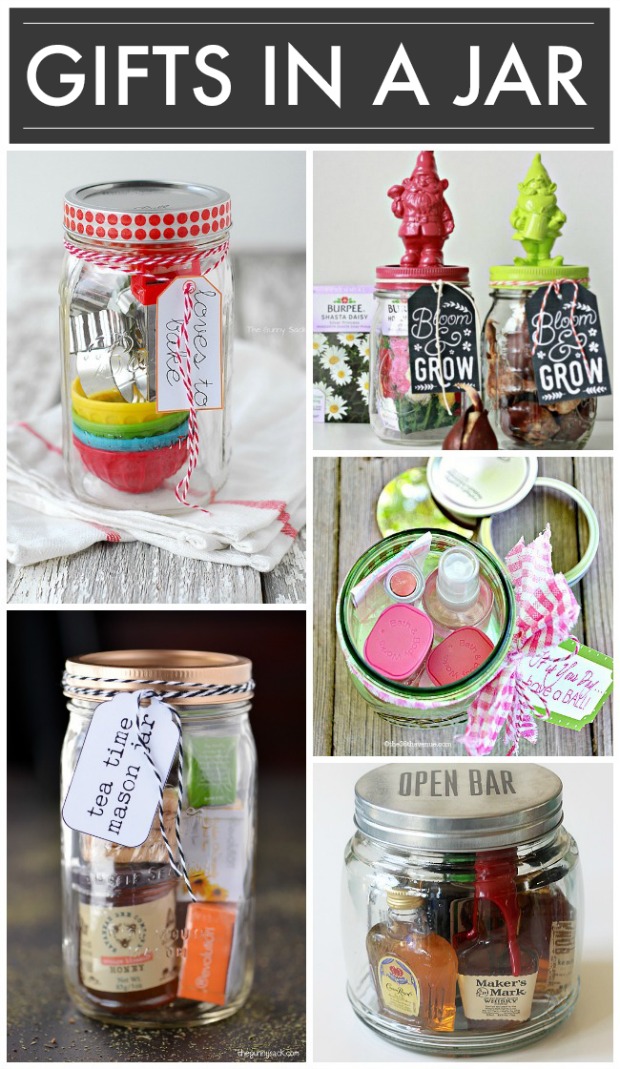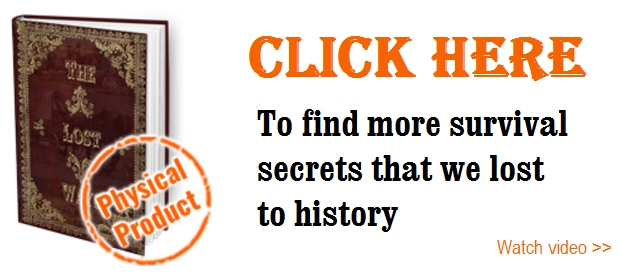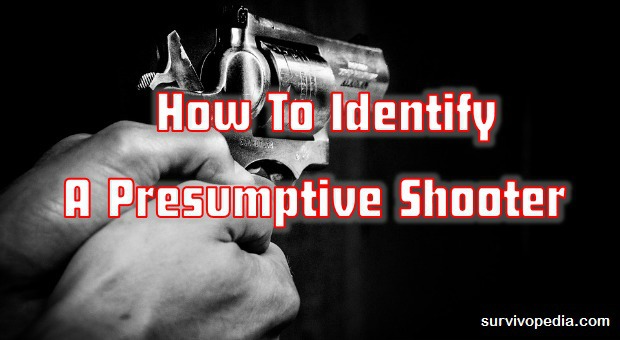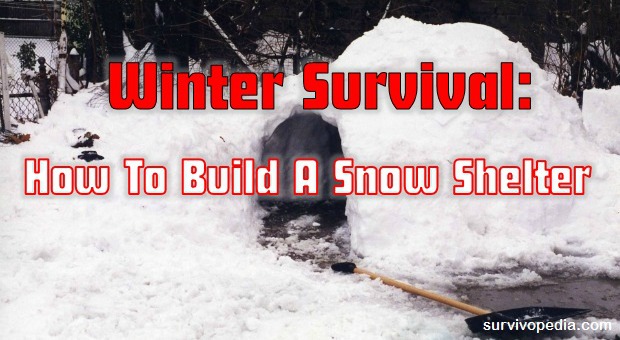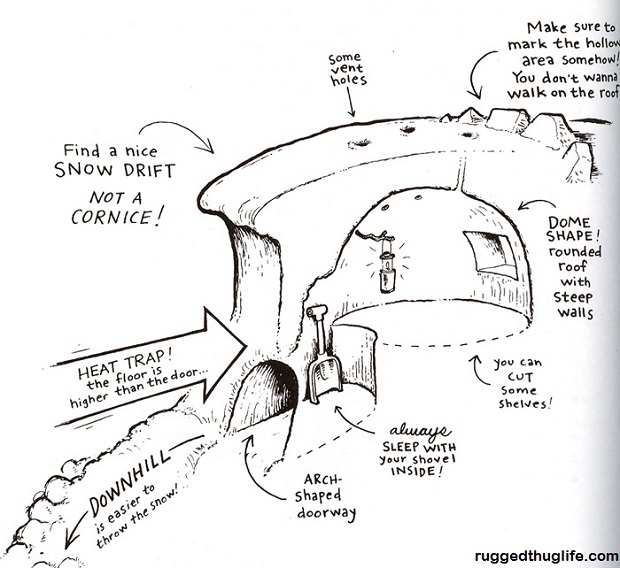Written by Guest Contributor on The Prepper Journal.
Editor’s Note: This post is another entry in the Prepper Writing Contest from Hazard12. If you have information for Preppers that you would like to share and possibly win a $300 Amazon Gift Card to purchase your own prepping supplies, enter today.
I continue to see articles that offer good advice about prepping, But survival is education, training, and skill. Barricading yourself in the home for defense or Bugging out! Yes, Fine. The more you have and can do works, but you and I have different meanings of the word. My transportation breaks down 40 miles from somewhere in snow/ice 20 degrees, and 30+ winds…. is a nice, but inconvenient adventure. I wish to tell a story, and make a “comedy media” about it. Not funny when you hear/see people die, but fantastic if you can learn for when you need it.
There are stories in Oregon, of instant storms, rain and wind for eons, beautiful country and hypothermia. Meaning rapid condition changes. Easy to prepare for if you know what to expect, but, lets talk about what you really mean by prepping. It’s too late for many who live in those countries where the violence and breakdowns are occurring now or that have destroyed once wealthy nations. Earthquakes, the Tidal Wave, economic collapse, War, and societal breakdown. For the purge, or martial law, I’m armed ready, trained… and not going to be sitting here. Now for the coming zombie apocalypse, there is always the better ground. They call mine, the cascade mountain range, from Alaska to Mexico. what do you call yours? If I’m away from Portland, and in a 100 mile move, I can choose Mountain, Desert, Coastal, or the greatest ditch to ocean drainage system in which to live, prosper and hide in that ever existed – with perfect climate.
In my opinion. personally I hope most people go to the outskirts for their protection and care. They will not make it in cities, but the government will be there to Sign U UP, have a sandwich, sorry NO gear allowed, dress warmly. I don’t want to live in a city, now, or then. Being a Oregon country Man, I’m a little rough around the edges, had a couple bad habits, you probably know a similar story, Ex-USAF, pain pills, drinking. I seemed to have finally turned out OK. And no, I have no one to volunteer witness for me. But I digress.
So Its cold, snowy, I’m at a friends cabin, on Mt Hood, Anyone knowing Trillium Lake and Still Creek Campground should know what I am saying here. As usual, HWY 26 is right there, you can’t see it, but you can hear it. Chains, trucks until the winds shut down the highway. My friends cabin is less than 2 miles from a liquor store, beer store, food? Although there are 3 foot drifts on top of 2 foot snow pack.
Noticing we didn’t bring enough supplies to and it is already 7pm. The sun sets at 5. I decide to walk a trail cut through to the campground which will be easier. This time of year, the gates are closed and locked, you can not drive to government camp from here… kinda.. 5 miles back down the snowed in road, cut over, hit 26, and back up the mountain, sanded and police.. where you belong.
I smoke to improve my health, most know what I mean by now. This night I have a partial pint in my pocket, a beer in my bare hand. I dress in open cell polyurethane foam, with a field jacket, stocking hat, and boots. I’m good for -10 and 50 mph winds except hiking through the snow will make you sweat. So I open my chest to the air. Feels great. It’s actually somewhere around 25 degrees Fahrenheit with 20-30 mph winds. And snowing. The year was 2009-2010 if you wish to look at the storms. 3500 feet above sea level. Portland is 50 miles at 85 feet sea level. I used to live 30 miles down there. 600 feet above seal level at the time.
Read More: Winter Car Survival Kit
So imagine my surprise to hear a commotion, some movement, and a light. Not many bears or lions and definitely not this Lyon, ever use flashlights at night, except sparingly. We all do use light properly, bears are just too smart to consider a “flash” light. The noise was caused by a group of people stranded.
So add to the confusion, these people are stuck. Their vehicle is still warm inside with motor off and radio and lights on. In these conditions, the car may stay warm for a couple of hours or so? As long as it starts. If it doesn’t, these people are in for some serious trouble. I think the driver said he had just under quarter tank. v-8 Ford car, nice. Should have left it in Portland and brought a truck.

I also came up here in a car and plan to leave the following afternoon. Now consider this from the side of the people in the car. You are semi lost with your car stuck, although not that bad. There are 2 men, 2 women, and you are angry, blaming, and maybe scared? I don’t know, and am not judging. You look out the front windshield, and a Bigfoot sized man, wearing a field jacket, open at the chest, drinking a beer walks up to you. He pulls out a pint, takes a slug, indicates sharing.
The guy inside rolls down the window and says, “what are you doing out here?” I reply, “Well, I was hoping to make the liquor store before they close”. The window goes up, and I feel, I should probably get moving. I’m out here in this environment because its my favorite thing. Had they acted sooner, those poor people would have suffered, at best getting their four Arses out and unsticking the car. But we know potheads, don’t matter, no need to listen to this guy. Be your own man. You aren’t going to listen? are You?
So a guy gets out the passenger door. That’s the right side front door, for you common law, private property folks that know, you don’t have a passenger vehicle. Title 18. When the liquor store is already closed, it’s illegal to take retail drink off premise, or outside in the winter. I could talk about title 31, legal tender and silver coins and walking back with a bottle but there is not much having to do with survival in that subject. I no longer drink alcohol much, but when a drunk is smarter than you, prepping may not come to mind.

So I tell him how far, and what they should be doing, to get out, if they stay where they are they will die, etc. He gets back in already freezing, while I actually have been semi stationary and ready to now button back up since having cooled down a bit. I am probably running a 100 degree body core. So to make the short story long, and the long story short. Against my advice the women want to go with me. Uh, no. A man wants to go with me to the store. If he is borrowing gear, he should be OK. My thoughts are with the 5 of us, lets dig, support, and push this vehicle out, and you all drive down this tree lined road, right here back home. Driver thinks he should go down the ridge. But with the Lake gate closed I ask how he is gonna climb back up in this snow? Once the car is free, point it the way home.
What did I do next?
What are you going to do, and how will you know? When you are a prepper you help people, in a survival situation those people you are trying to save might injure or kill you. Getting cold and hurt helping is always a bad idea. Sometimes you know not to. I hope we can all learn that safely? Not being seen, heard, tracked, is and will be necessary, while traveling, hiding, holed up, or even when it is time to attack. Warrior? He’s the teacher, dump him out naked in Alaska, in a week he’ll be sitting in Florida with a drink in his hand in your back yard. Observe and learn from this man, do not engage. (paraphrased from the sarge in Seagal’s on deadly ground) Green Beret Tactics.
Seriously now, I step back and short hop behind the tree,over a snow berm. erasing my tracks with a branch. (snow, wind, remember) and I walk to the village known as Government camp Oregon, 97028. Some time goes by, and I am in the bar, purchasing my goal and enjoying a nice drink, when in come the group from the stranded car. They look all brave and proud of their escape and are, like me having a drink, and talking about heading back home. As I depart, I understand that in front of me is a 2 mile walk in the storm. I am happy to go. In coming prepper days, there will be no time for fun and games. It wont be humorous anymore. But little will change for me the way I see it. I will have powerful trained friends, or I will be alone.

The other story was in Oregon, around the same time, I’m pretty sure. Of the Kims whom made some random mistakes. in the much safer coast range. Yet, with no drunk hillbilly to advise them what to do. The family survived without the Father, being rescued we are told. they were missing. The people in the Mt. Hood forest were not. yet. and they might have been OK. Maybe I should mind my own business?
Maybe I should not write a stupid article containing, alcohol use or smoking the evil marijuana? Fine. Maybe you all will learn, be the teacher, prepare for timing, retreat and advance. Learn martial arts, gather friends, recognize enemies. Plan to move. Prepare, train, practice till it’s a reflex. Relax, never panic, always respond. Conserve energy. Create energy. Everyone has my excessive survival tool for all occasions, a magnifier, or a Fresnel lens. Nothing excessive about my knife.
So that’s enough rambling on, you can thumb me up, or subscribe to the newsletter, or respond to me in the comments at the bottom. Luck favors the prepared mind. Your worst enemy, other than bankers, government, and media; will be shock, at loss, injury, family. War sux and will mess you up. I’m already messed up, so they cant win. I have nothing to lose. except some family and friends. If I don’t lose them, its like carrying my magnum, so I don’t have to argue or fight. If I do, well, a hazard may be upon them.
Prep well, folks. Remember what the greatest teacher said. “and I will be with you Always, even to the end of YOUR DAYS.” I’m gonna win this challenge, so are some of you. Survive!!
The post Survival Without Prepping appeared first on The Prepper Journal.
from The Prepper Journal
Don't forget to visit the store and pick up some gear at The COR Outfitters. How prepared are you for emergencies?
#SurvivalFirestarter #SurvivalBugOutBackpack #PrepperSurvivalPack #SHTFGear #SHTFBag


